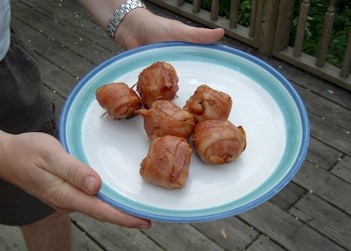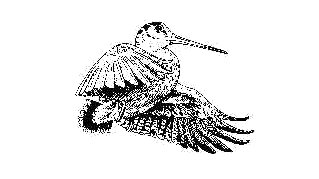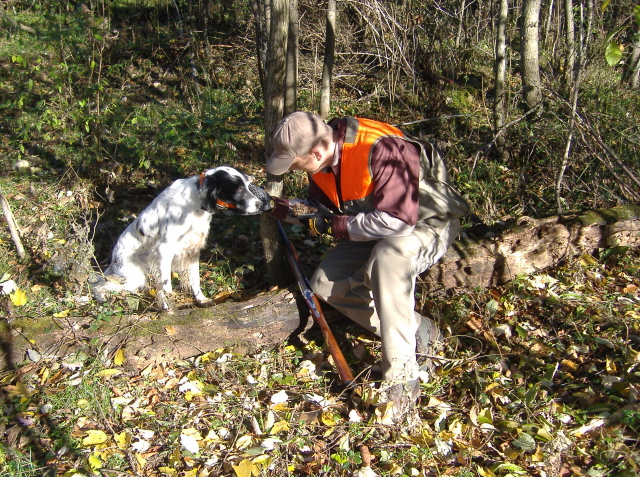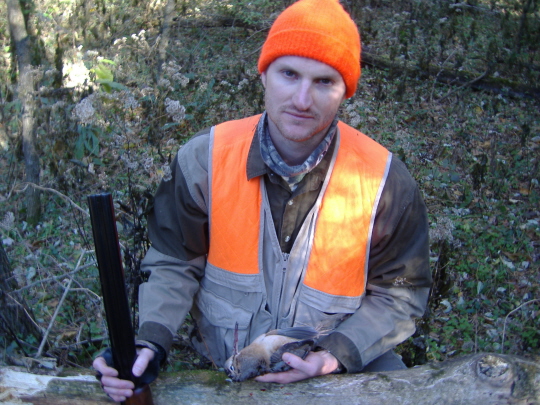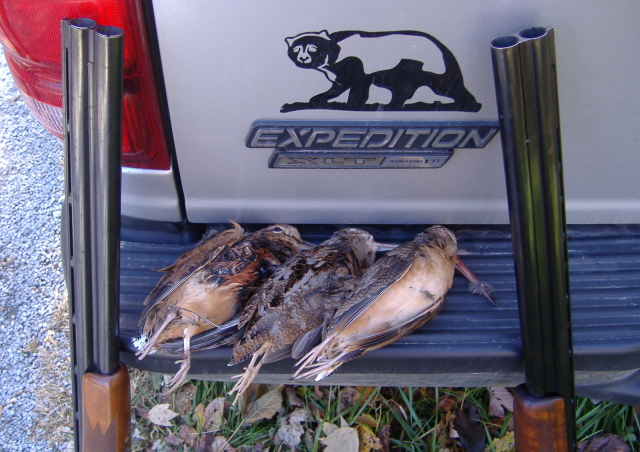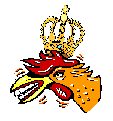
.gif)
[Home] [What's New] [About the K&R] [Links] [Site Map]
Hunting Pictures
[Dove]
[Waterfowl]
[Grouse]
[Woodcock]
[Other]
Woodcock
[Overview]
[1997]
[1999]
[2001]
[2002]
[2005]
[2008]
Woodcock Hunting Overview
|
|
1997 |
|
|
|
|
|
|
The King with a trifecta of woodcock taken in the early days. It was our first real successful wing shooting experience. |
|
10.25.97 |
|
|
|
The Rooster
with a shot of the doodles. The early gear
choices - in this case the blue sweatshirt - always bring a laugh. |
|
|
1999 |
|
|
|
|
|
|
The King
with a woodcock taken while grouse hunting. The area behind
was a developing grouse/woodcock hunting option
before it was leased by a private hunt club.
|
|
|
2001 |
|
|
In
the fall of 2001, while grouse hunting prior to the start of
woodcock season, we identified an area that looked to offer
perfect woodcock habitat. A couple of weeks later, after the
start of woodcock season, we went back and found that that we were
right, and flushed more timberdoodles in one day than we had seen
in the last couple of seasons. We
finished that day with two in the bag and a new option that would
pay off again in the following year. Unfortunately, we
didn't grab any pics that day but we did snag a shot of the spoils
of a successful hunt. |
|
October 2001 |
|
|
|
On the
left are three woodcock cooked in our favorite
style
- wrapped in bacon. On the right are dove, which shows that
the breast size of both is similar. |
|
|
2002 |
|
|
|
|
|
|
The Rooster with a woodcock taken in the area discovered in 2001. The area is the perfect combination of thick tangle and moist, exposed ground. |
|
11.09.02 |
|
|
|
The Rooster
with a shot of three timberdoodles taken the following
week. The area is so thick with brush, that Timber was
needed to find two of the birds - a task which she accomplished
like a champ. |
|
11.09.02 |
|
|
|
The King
with a portrait style shot of the woodcock and the weapons used to
bring them down. An view of the density of the brush can
seen in the background. |
|
11.09.02 |
|
|
|
A
close-up shot of a woodcock. Note the long beak used to pick
bugs and worms out of the moist soil. |
|
5.07.04 |
|
|
|
Woodcock
wrapped in bacon and hot peppers. It is a creation of the King
that makes a perfect appetizer for a meal of duck. |
|
|
2005 |
|
|
|
2008 |
|
|
|
|
|
|
One of
our old woodcock hunting grounds, after a few years of inactivity,
again came alive with the peeping of a mess timber-doodles.
Our timing was just right and we flushed around ten, killing
3. For woodcock hunting that is a pretty good ratio.
Here is a great shot of Timber getting her reward after a solid
point and find. |
|
10.31.08 |
|
|
|
The Rooster
took this woodcock on a rare opportunity when hunting in heavy
brush - an easy shot. The doodle flew in a straight line
right into an open area. |
|
10.31.08 |
|
|
|
Wrapped
in bacon and grilled slow, these birds are going to make a fine
appetizer. |
[Home] [What's New] [About the K&R] [Links] [Site Map]
King and Rooster © 2004-2009 All Rights Reserved
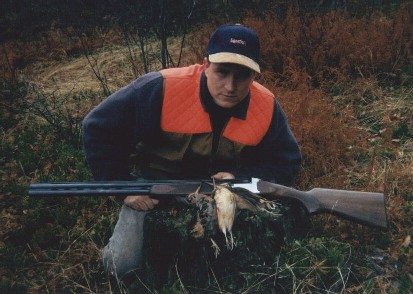
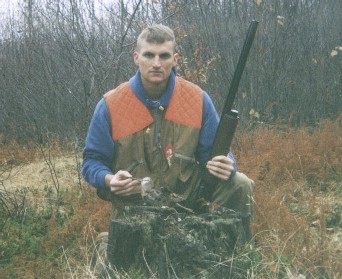
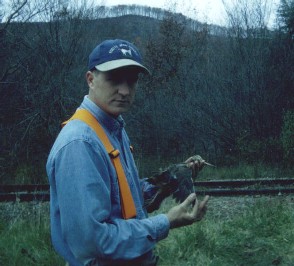

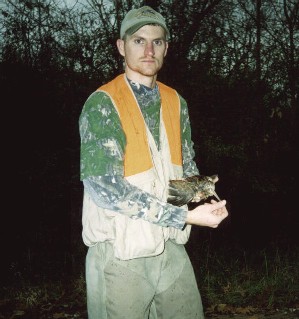
.jpg)
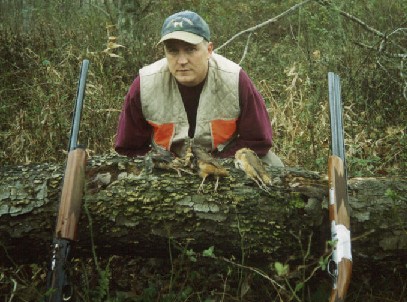
.jpg)
